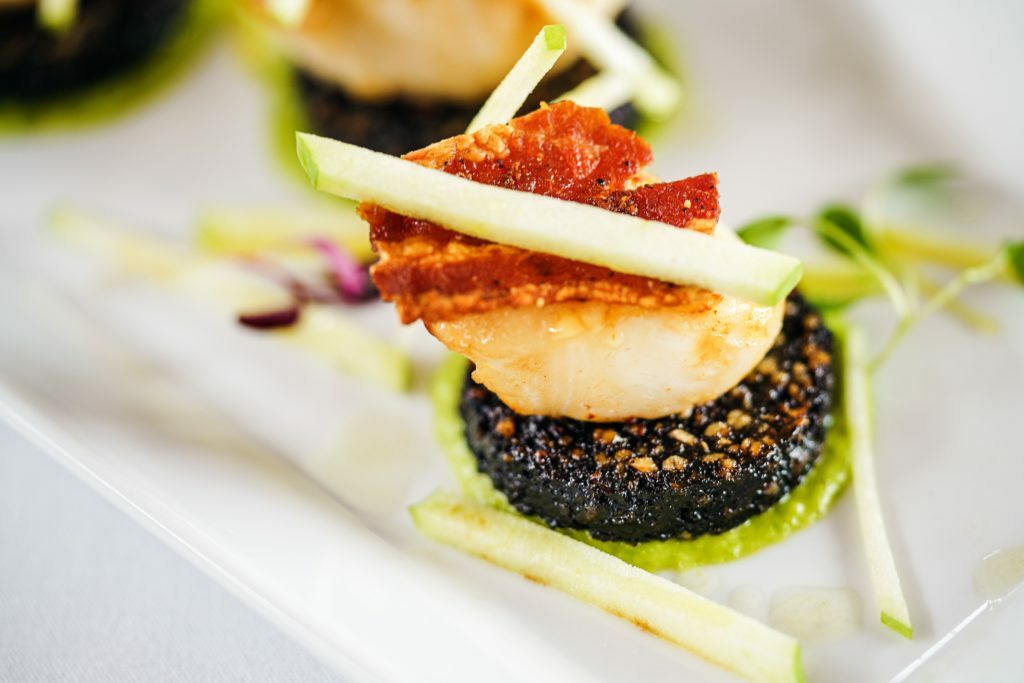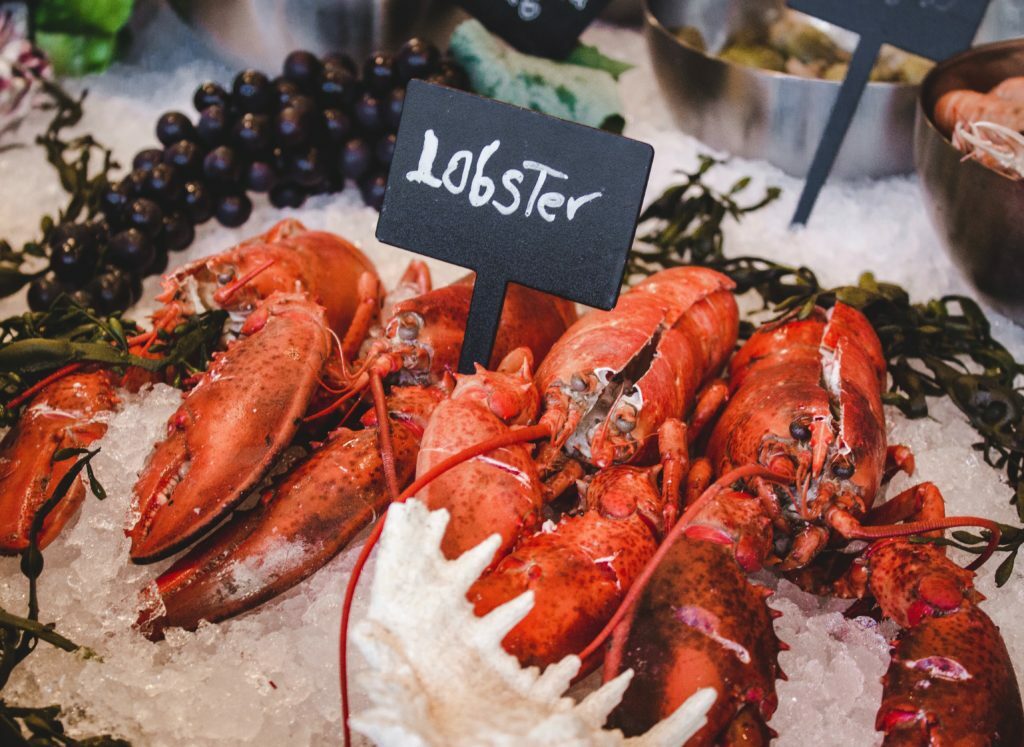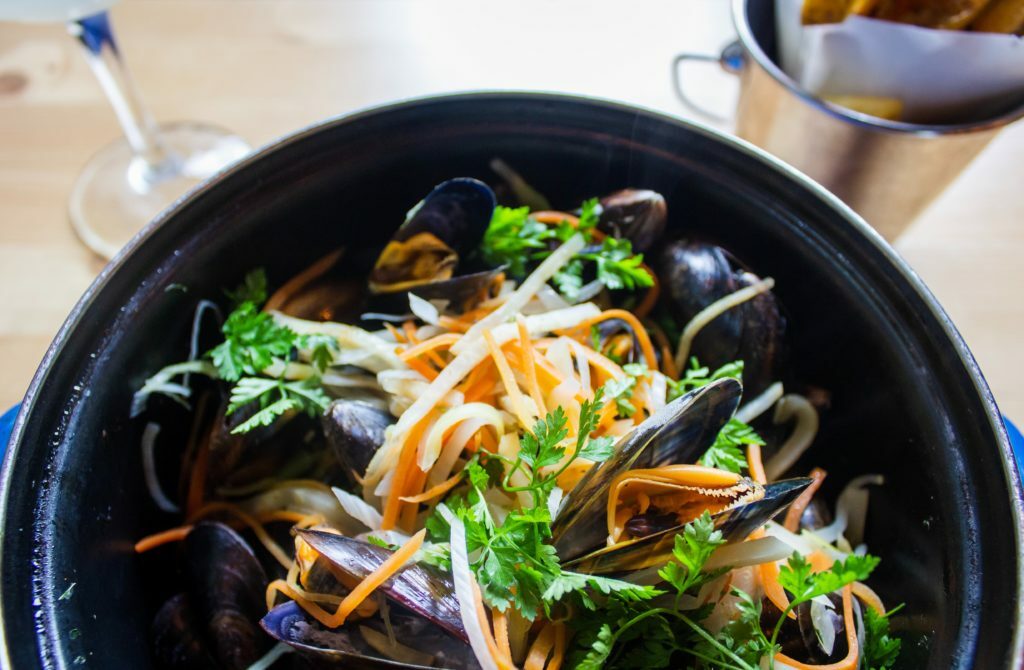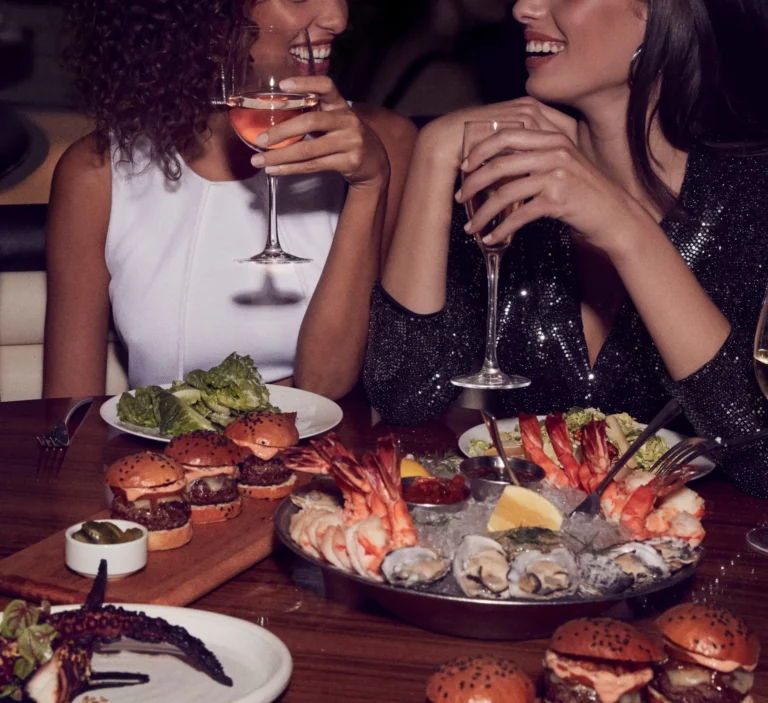5 Foods That Put Anglophone Diners off French Cuisine

The French are known for their great, well educated palette and a sophisticated appetite for slow cooking. For hundreds of years the French cuisine perfected the art of cooking, and low heat cooking with lots of herbs and white wine will welcome the animal kingdome from frogs’ legs to caws’ tripe.
Pieds de porc
It’s said that the French eat every part of the pig aside from the ‘oink’. (Well, as you’ll soon learn, they don’t leave much except the ‘moo’, ‘bah’, and ‘quack’ either.) Trotters, as the British call them, are popular the world over but they are especially adored in France. They are cooked slowly and the final dish is tender and delightfully gelatinous (if there is such a thing). Be warned, there’s no delicate way of eating them and you’ll most likely have to take those feet in your hands and gnaw the meat straight off the bone.

Foie gras
This is the one French delicacy that everybody loves to hate. Foie gras is made by force feeding ducks and geese large amounts of grain in the weeks prior to their slaughter, a process known as gavage, in order to engorge their livers to roughly 10 times their usual size. Producers claim that it is an exaggeration of a natural migratory survival technique whereas activists see it as a shameful abuse of animal rights. Undeterred, the French enjoy the rich, buttery pâté on toast and especially during the holiday period.

Escargots de Bourgogne
Snails are up there with frogs’ legs as one of the most stereotypical French foods, a rubbery treat that many visitors to France feel compelled to try. The best snails in the country come from Burgundy and the preparation is actually far more complex than you might imagine. You certainly can’t pinch one of these critters off the garden wall and pop it in your mouth. Instead, they are fed cleansing herbs and thoroughly washed prior to boiling. They are then cooked with a whole lot of butter, garlic, and parsley. In all, the process takes three days, which explains their relatively weighty price tag.

Would you choose Tripe over Lobster?
It could be the unfortunate similarity of the words ‘offal’ and ‘awful’ that puts Anglophone diners off tripe or it might just be the billowing white mess of it all that causes the distaste. The French, on the other hand, have a great appetite for stomach, preferring to cook it on a low heat for a long time and with lots of herbs and white wine. Tripe’s high protein collagen content also makes it a brilliant health food. Somehow, though, it seems unlikely to catch on as the latest fad anytime soon.

Langue de boeuf

Tongue, you ask, who in their right mind would eat tongue? The French, that’s who. Like a lot of the foods on this list, chefs have devised techniques over the centuries to disguise the true nature (read: horror) of what they are serving their diners. For langue de boeuf, this usually means slicing the great, hulking mass of taste-budded flesh into fine, unrecognizable strips. If you can get over the psychological hurdle of knowing that what you are tasting is the same thing as what you are tasting with then, apparently, it’s a melt-in-the-mouth kind of meat.
Do you want to share your story and inspire our readers ? Know that every story is paving the way for a brighter, happier future.






